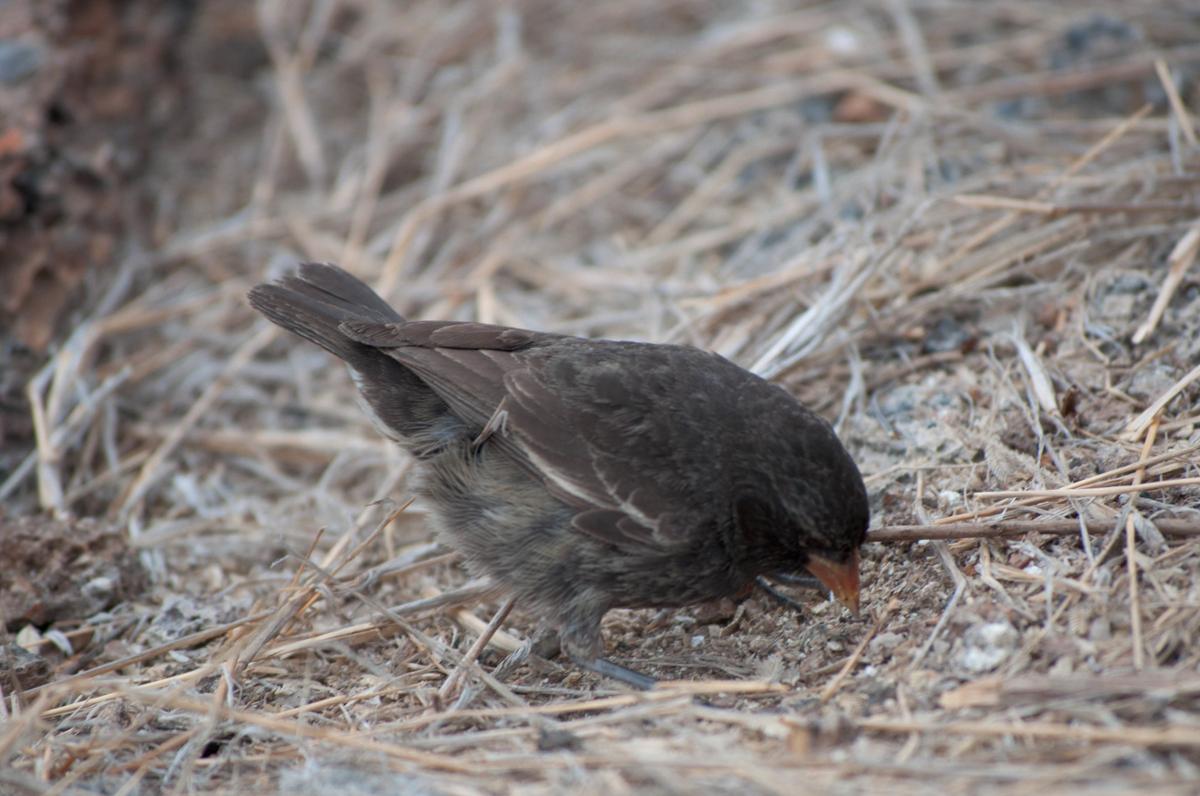Y: (YAWNING) Don, I’m so tired. I stayed up late watching horror movies about vampires. Scary stuff! It took me forever to fall asleep. Thank goodness it’s just fiction.
D: The truth is stranger than fiction, Yaël. Ever heard of Vampire Finches?
Y: Now you’re just messing with me.
D: No, they’re real! On two islands out in the Galapagos, these birds eat a typical diet of seeds and nectar. But when food supplies get low, the finch finds an alternative source of nutrition: the blood of local seabirds.
Y: That makes sense—conditions are often harsh and dry in the remote Galapagos Islands. Plus, that’s where Charles Darwin famously studied finches. He showed that the birds on different islands evolved in different ways in order to adapt and survive. I just hadn’t realized that bloodletting was a survival strategy.
D: It’s a strategy these finches are particularly good at. One will hop up to a seabird and peck at the wing with its viciously sharp beak. The finch creates an open wound and starts to drink the blood. Other finches cluster around the injured seabird to wait their turn.
Y: Sounds gruesome. You’re going to give me nightmares.
D: Vampire Finches aren’t evil—they’re just trying to survive. And though fierce, these tiny birds only weigh about an ounce—the seabirds are fifty times that weight. They don’t fight the attack and can fly away mostly unharmed.
Y: I guess that if the seabirds aren’t too hurt, then that’s ok.
D: Well…sometimes. Vampire Finches will also push eggs from seabirds’ nests onto the rocks below and drink the broken yolk.
Y: Wow. Talk about survival of the fittest!










